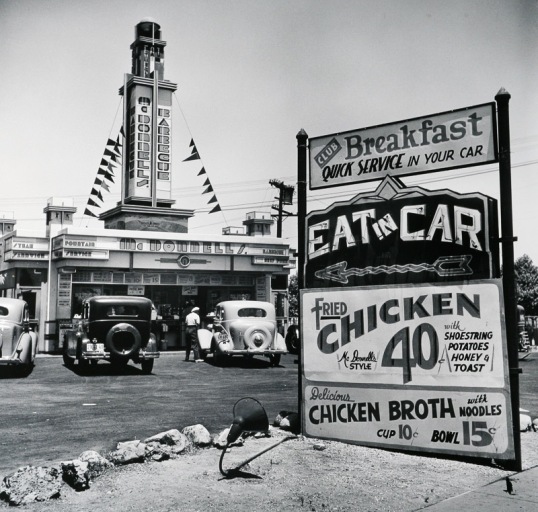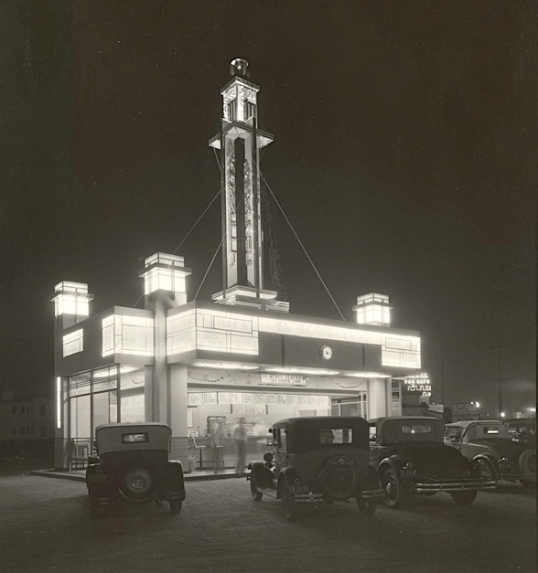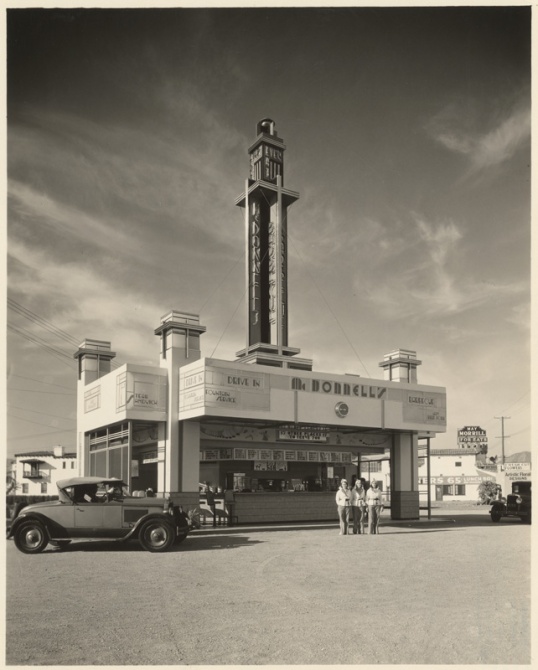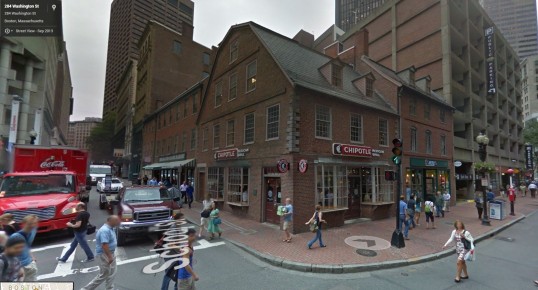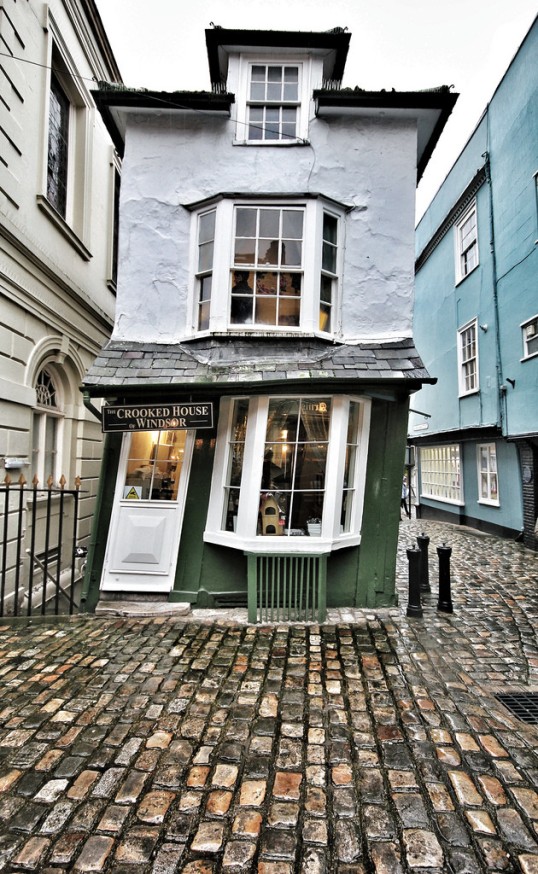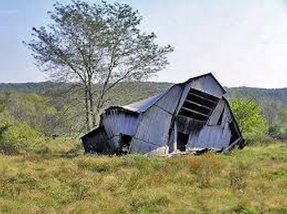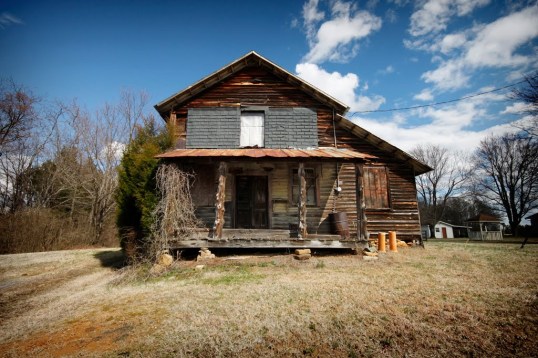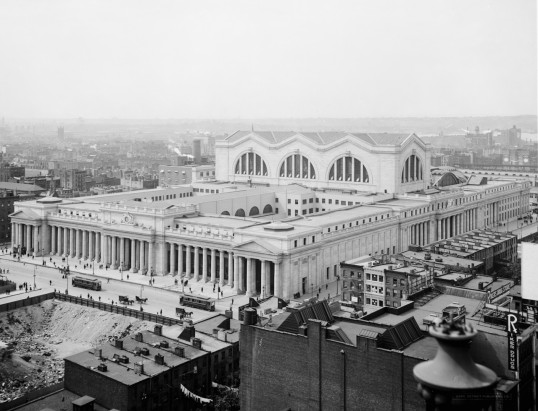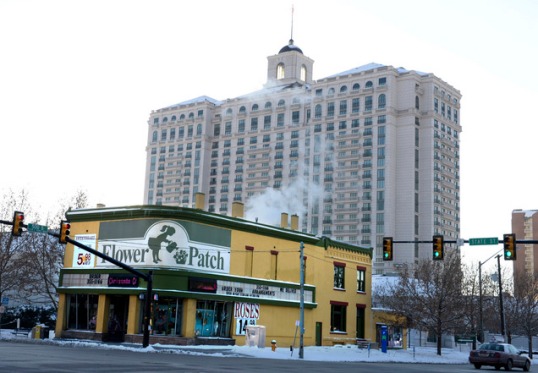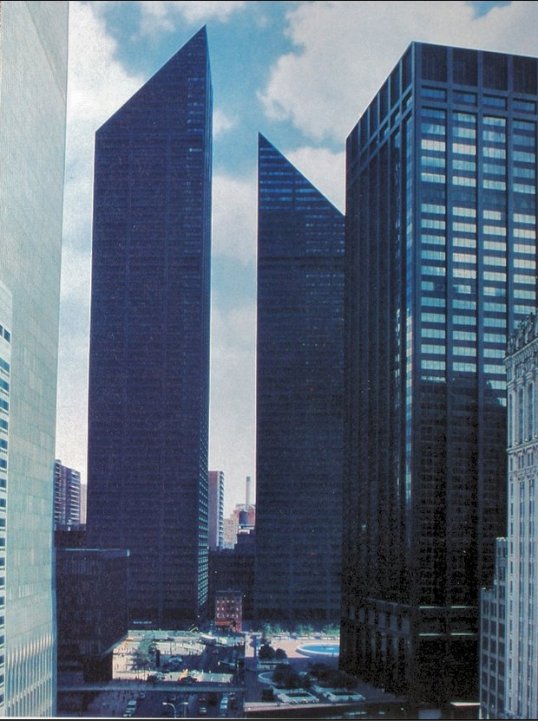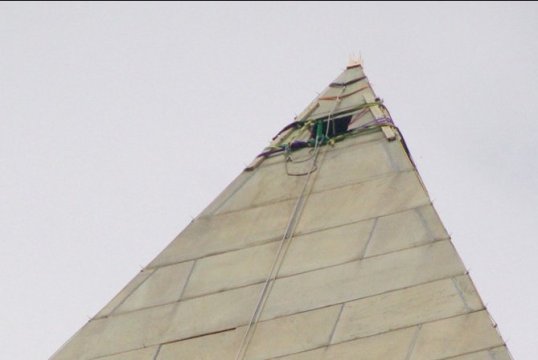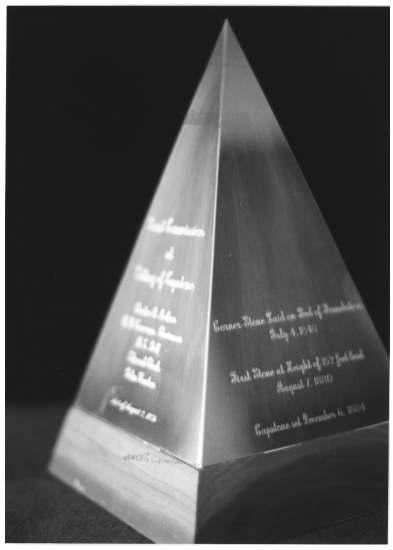Just got back from a little junket to California to see an aunt who’s almost 100, and some other friends and relatives as well. One of the things we saw while we were in Riverside, where one of my cousins graciously put us up (and put up with us) for a few days was the Mission Inn, an amazing hotel which made me think of my earlier visits to the Hotel Del in Coronado.
This enterprise began as an adobe cottage called the “Glenwood Hotel,” built by civil engineer Christopher Columbus Miller in 1876, and like the Winchester Mystery House (but a lot more sanely) has just continued to grow. We only saw a fraction of it, but what I saw was impressive. There are multiple wings with multiple flavors – Spanish, Oriental, etc.
Here are a few photos:

Special chair built for President Howard Taft for a conference. Taft’s portrait hangs in the background. He later is said to have remarked “I’m big,but I’m not that big.”

The Steinway Centennial Grand Piano. This piano was crafted as the company’s gift to the USA for the 1876 Centennial celebration. During a national tour, it was somehow “misplaced” – how one misplaces a grand piano is beyond me – but was rediscovered to be the one and only when it was undergoing restoration in the 1980s. Exactly how and when it came to the Mission Inn is unknown, but at the time of its disappearance the hotel was still a simple adobe cottage.
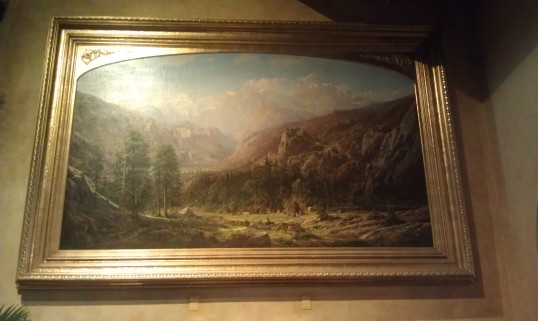
Herculean painting of the California Alps.

Campanero, or bell wall, built in 1903 and modeled after the belfry at Mission San Gabriel. Stairs on the right used to lead to the rooftop gardens of the original adobe building, which was later demolished in 1948 to make room for a swimming pool.

Another view of the campanero.

Restored cannon

The Nanjing bell, an imperial temple bell from the Manchu Temple in Nanjing, China. 3500 lbs, cast between 1875 and 1908. More information is readable on the plaque.
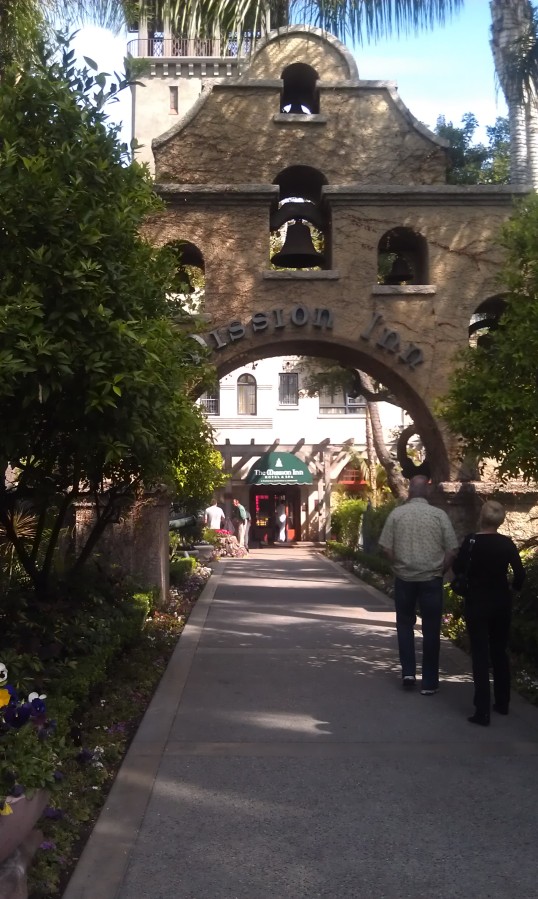
The other side of the campanero.

The internal rotunda. Normally accessible only by guided tour, we happened to be present when someone came out and we slipped in.

The rotunda, looking up. The stairs are structurally out of code, and are usable only by tours. There is a wonderful old elevator that ascends to each floor.

Tiled fountain at the bottom of the rotunda.
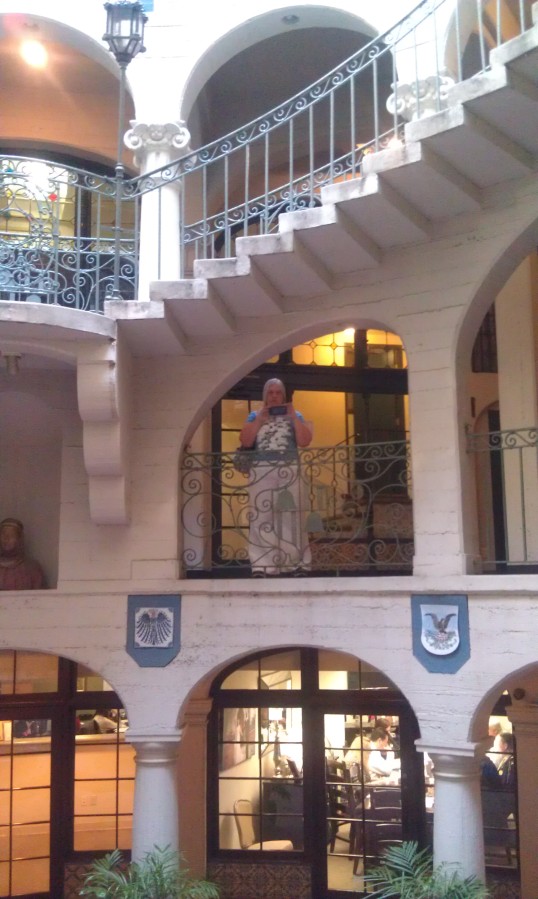
The goodwoman of the house, taking a photo of me as I take one of her.

The sky.

Another view of the rotunda.

An iron spiral fire escape in the bowels of the hotel.

Tiled dome visible from the top level of the rotunda.

Another view

This old building on the left is also part of the Inn’s property, but has yet to be restored.
There’s so much more… I’d love to stay there some time, if I could only win the lottery or something. In the meantime, it’s nice to just stroll the grounds and the lobby.
The Old Wolf has spoken.
